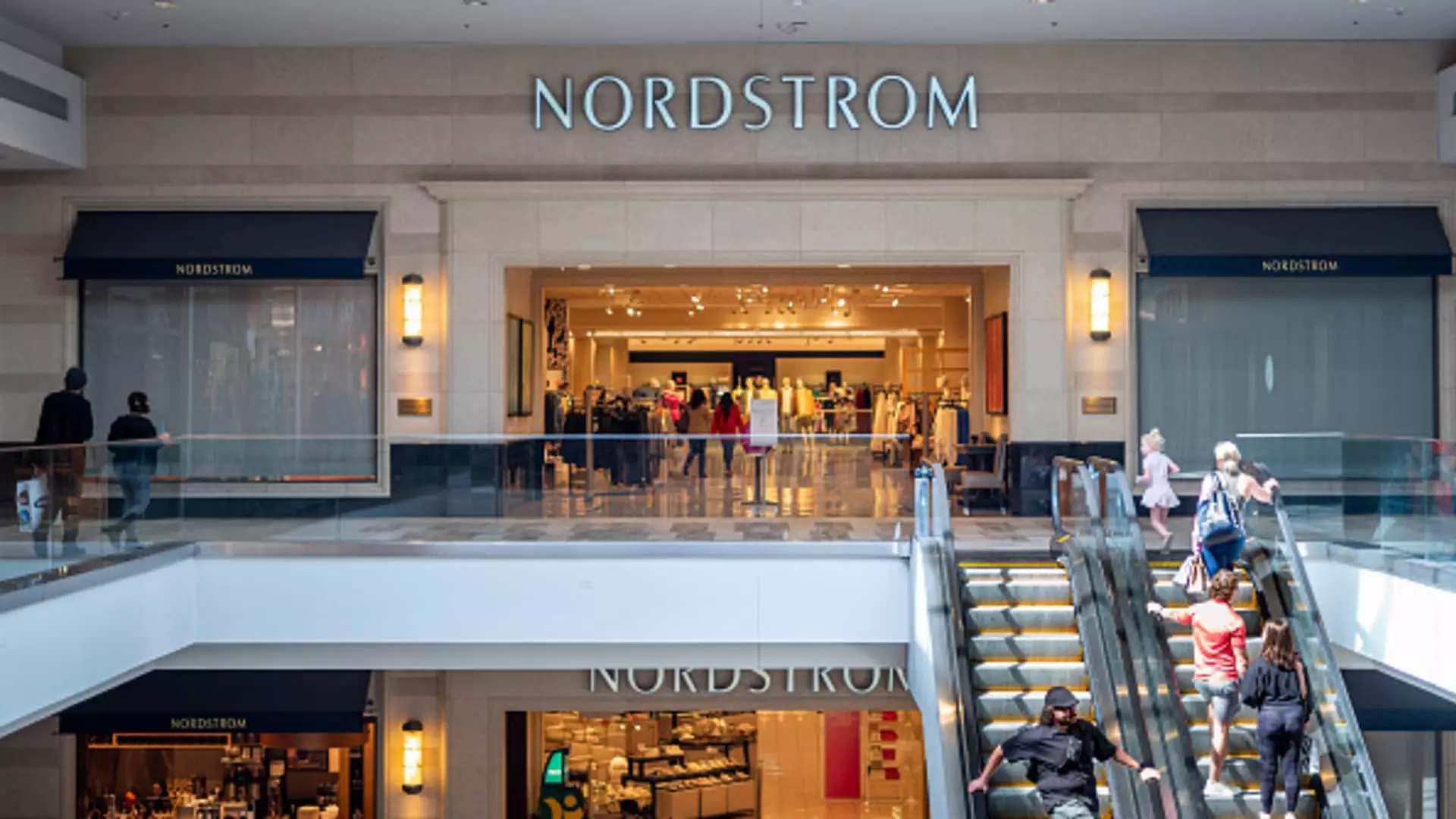In an unexpected twist, Nordstrom, the renowned Seattle-based department store chain, has revised its full-year sales outlook upward, attributing this change to a stronger-than-anticipated performance during the holiday shopping season. Initially conservative in their predictions, the company has now adjusted its expectations for revenue growth from a flat scenario to a modest rise of 1.5% to 2.5%. This updated forecast accounts for discrepancies such as the absence of one fiscal week in their reporting period, a factor that can influence overall sales figures significantly.
Despite this optimistic shift in sales expectations, Nordstrom has maintained its profit guidance, opting for caution in pronouncements regarding its bottom line. The management, led by CEO Erik Nordstrom, acknowledged the volatility of consumer behavior, stating that they have been monitoring trends closely, particularly after a noticeable dip in October sales.
The festive period appears to have revitalized Nordstrom’s prospects, with net sales climbing by an impressive 4.9%, and comparable sales rising 5.8% in the nine weeks leading to January 4. This surge is notable against the backdrop of a challenging retail environment, and it illustrates the effectiveness of the company’s strategies aimed at enhancing competitiveness amid heavy promotional activities. Specifically, during the holiday season, the Nordstrom brand alone saw net sales increase by 3.7%, while Nordstrom Rack, their off-price counterpart, experienced a robust 7.4% increase in net sales.
These figures underscore a critical aspect of retail success: the alignment of product offerings with consumer demand. The ability to adapt and respond to market dynamics has evidently played a crucial role in these results, as the company turned to more aggressive pricing and promotional campaigns to attract shoppers looking for holiday deals.
The recent performance metrics provide vital indicators for investors and analysts scrutinizing the health of the U.S. retail sector. The changes in Nordstrom’s sales outlook coincide with broader trends observed in the retail landscape. Various retailers, including heavyweights like Walmart and Macy’s, are set to disclose their earnings soon, with initial holiday data suggesting a positive trajectory. According to recent analyses, online spending soared nearly 9% during the holiday season, totaling approximately $241.4 billion.
Additionally, Mastercard SpendingPulse revealed a 3.8% increase in retail sales, excluding automotive purchases, for the critical holiday shopping span. These figures indicate a resilient consumer base willing to spend, reflecting sentiments that could lead to a favorable overall retail environment in the coming months.
Interestingly, Nordstrom’s updated outlook arrives in the wake of significant changes within its corporate structure. As the founding family prepares for a buyout that values the company at around $6.25 billion in partnership with Mexican firm El Puerto de Liverpool, there are myriad implications for the retailer’s future. The board of directors has endorsed this transaction, which is slated to finalize in the first half of 2025, suggesting an intent to shift to a privately held model that could allow for more agile decision-making without the pressures of public scrutiny.
Such a transition might even bolster investor confidence as privately held firms often enjoy the flexibility to implement long-term strategies without immediate returns. However, the sudden dip in Nordstrom’s share price, which closed at $24.01 indicating a 4% drop from its 52-week high, raises questions about market sentiment amid these changes.
Nordstrom’s decision to raise its sales forecast signals a shift towards optimism, propelled by favorable holiday sales performance. However, this optimism is tempered with market awareness and a recognition of possible fluctuations in consumer behavior. As the retail landscape continues to evolve, Nordstrom’s ability to adapt and innovate will be pivotal to its sustained growth. The upcoming months will unveil the repercussions of the company’s proposed buyout and how this strategic pivot shapes its operational approaches in an ever-competitive market. Retail stakeholders should remain vigilant as they navigate through these transformations, ensuring the discernment needed to respond effectively to ongoing shifts in the marketplace.


Leave a Reply